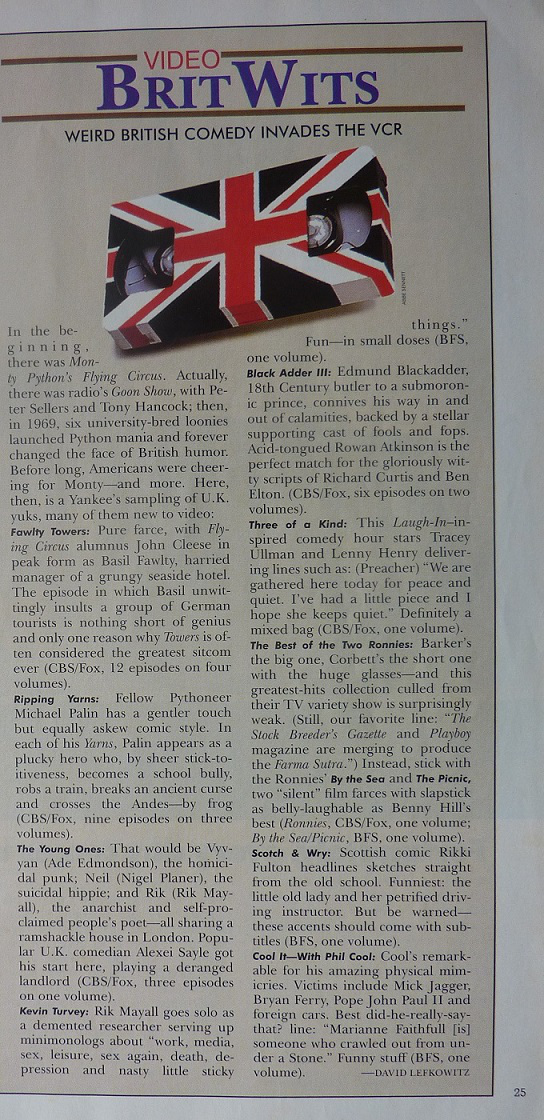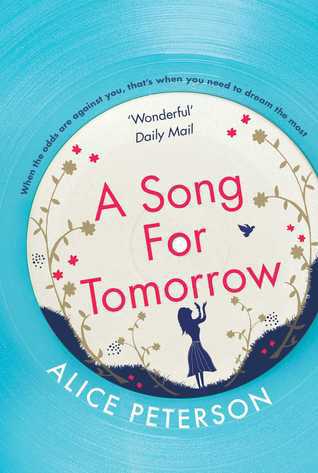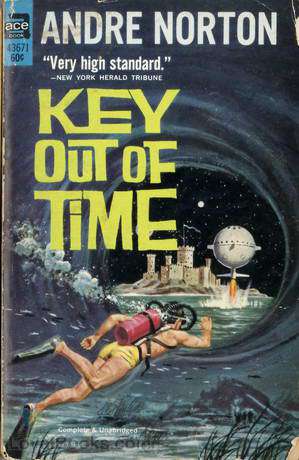Playboy magazine is one of the influences on this blog, though not the dominant one as I have reservations about its development into just another multinational corporation; and about the lifestyle adopted by its now recently deceased founder, although his harem were all voluntarily there at his mansion, as were the women who worked at his clubs; and no heterosexual man in all honesty would decline the opportunities that he had. Decades before the invention of the term ‘manosphere’, Hugh Hefner developed the business idea already started by Esquire, only with photographic nudes accompanying the watercolours of Alberto Vargas. Though in reality any man-about-town leading a ‘playboy’ lifestyle wouldn’t need a magazine on the subject to tell him about it.
Whilst Playboy‘s politics may have been considered a bit radical in the 1950’s and 1960’s and its publication of authors such as Ray Bradbury and Len Deighton was innovative, by the 1990’s its views were those of the mainstream media ‘liberal’ orthodoxy, that wouldn’t have been out of place in the Observer magazine. This post then is essentially a review of Playboy based on an edition that I purchased specifically to read an article, an interview entitled The Joe and Kurt Show with Mssrs Heller and Vonnegut, in which the two old codgers reminisced about deceased contemporaries: James Jones, Irwin Shaw, Truman Capote, in the way that that any remaining contemporaries of theirs may now do. They also reminisced about Ava Gardner, Lana Turner, Rita Hayworth …
Carole Mallory was the interviewer and whilst it may seem odd that a woman would work for what feminists would consider to be a glorified skin rag, it wasn’t. In fact it was a hallmark of Playboy‘s mainstream credentials. Accordingly Joe and Kurt drew many comparisons between ‘liberals’ and ‘conservatives’ in the sense that the words are used in a cultural / political context in the US and Heller’s pro-abortion views, which accorded with those of Playboy, were unquestioningly taken as ‘liberal’ orthodoxy. It is not unusual for wealthy people such as Hefner to support ‘progressive’ views where they themselves personally benefit; in fact it goes on all the time. In Hefner’s case his support for abortion was a sop to feminists. But back to the magazine, this being Playboy there are lots of loaded questions about sex that wouldn’t get asked in the Observer magazine, for which Heller did an interview published in July 1993.
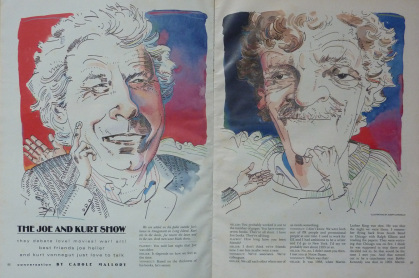
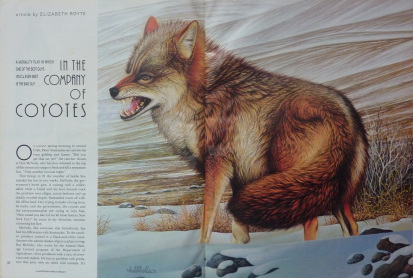
Another article with a female author is In the Company of Coyotes by Elizabeth Royte, in which the reporter accompanied a trapper with numerous kills to his name, working for the Animal Damage Control programme. The subject was employed by the government on behalf of sheep and cattle farmers to kill coyotes and other predators. The article made the point that in purely economic terms the cost per predator kill was higher than the cost per livestock animal saved and that the budget for the Animal Damage Control programme exceeded the market value of the number of animals it was estimated to have saved. To put it bluntly, sheep and cattle farming in those wilderness areas was economically unviable, all the more so with per capita meat consumption falling.
An article by Katie Roiphe, reproduced from the New York Times, on Date-Rape Hysteria, still a contemporary subject, predictably described it as the ‘feminist resurrection of victorian morals’. Other articles which I admit that I haven’t got round to reading are the sports and car articles (so maybe the ‘manosphere’ isn’t really my forte); one on Computer Cops Versus The First Amendment by Matthew Childs and The Worst Senator in America by Joe Conason and Jack Newfield. However that article doesn’t refer to the politician who figures prominently in Lust In The White House, an opinion piece by Robert Scheer. That politician was Bill Clinton, the then Governor of Arkansas, who ‘gave up the ghost to the puritans by “acknowledging wrongdoing” while turning on a woman he obviously knew intimately and calling her a liar’. That woman being Gennifer Flowers, for his fling with Monica Lewinsky was yet to come.
Elizabeth Ward Gracen, who graces the cover and features in a pictorial, was both Miss Arkansas and Miss America ten years prior to this edition. Not surprisingly she was linked to Clinton by the tabloid media to which she said “I feel the way Bill Clinton does – it’s his personal life. He and Hillary are on the right track. I honestly think there are more important issues in a Presidential campaign than a man’s fidelity”. Maybe so, but expecting honesty in a politician is presumably asking a bit much. Of course Hillary stood by her man. During the Presidential campaign last year, Gracen’s photo from this cover was used on twitter as one of Bill Clinton’s alleged rape victims by Donald Trump’s supporters.
The main centrefold pictorial is Vickie (later to become Anna Nicole) Smith from Texas. She would become Playmate of the Year in 1993. Feminist activists might highlight her as an example of Playboy being responsible for her lifestyle and hence premature death, but they’d ignore the hundreds of other women who have modelled for Playboy without reaching such a tragic end. The other main pictorial is A Pride of Brides, soft focus by Byron Newman, featuring some British glamour models of the time such as Kirsten Imrie and Tracey Elvik.
Other stuff: reviews of books, music and video, with an article on BritWits, kudos to which for mentioning the late Rik Mayall’s superb anorak-clad creation Kevin Turvey. Whilst Playboy has featured British women in pictorials and given good publicity to British comedy, it never had a British edition, which is probably just as well; on political matters it would have been way out of its depth, not least with the most contentious issue back in 1992 (the Treaty on European Union) being the same one that has dragged on ever since.
